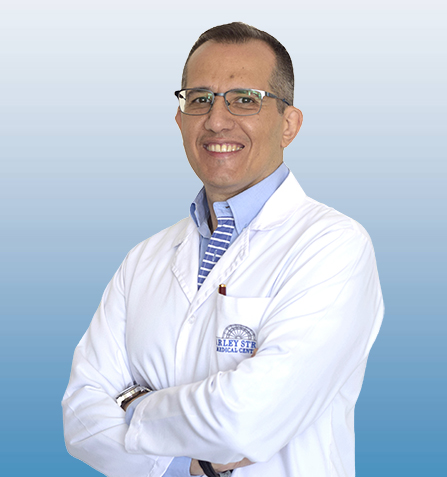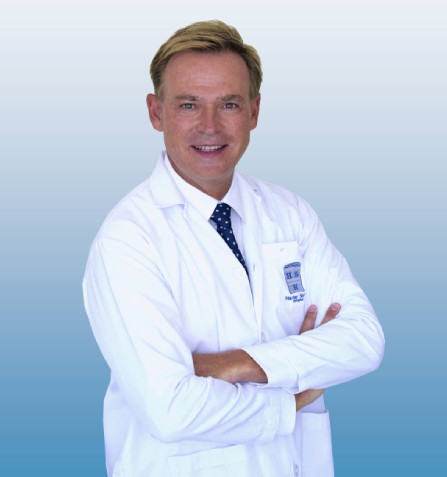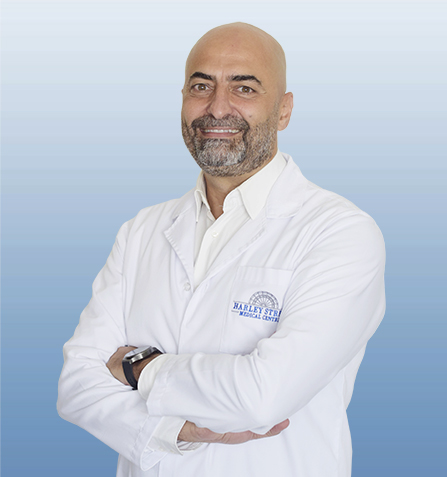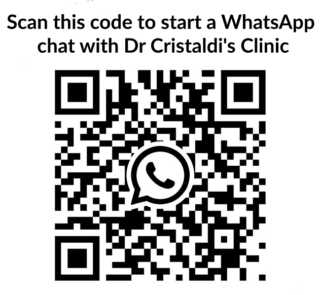SOFT TISSUE SURGERY
- Common skin and soft tissue problems
- Surgery for In-growing toe nail
- Excision of skin lesion or cysts
Skin and soft tissue are protecting and wrapping body’s deeper structures, providing also adequate support and important functions for maintaining the skin efficient and functional. These structures are effectively a specialized organ of our body, which is differentiated in various types of cells providing different functions: some of the most important are producing hair to enhance protection and reduce friction, secreting sebous which is the natural moisturizer of the skin and sweat contributing to termo-regulation of the body. Common diseases of the skin and the underneath layer called sub-cuticular space are commonly represented by benign growth which may be moles, cysts, enlarge lymphatic nodes and in some circumstances also localized infections defined as cellulitis and abscesses. Surgery for such conditions aims to resolve the problem either through surgical removal of the growth or in case of presence abscess, to achieve local drainage of the collection in order to control and resolve the localized infection to avoid its further spreading. Diseases of nail are also very common and they are mainly represented by abnormal in-growing of the nail into the skin edge causing localized chronic infection and pain. Here is the list of the most common conditions/procedures that we routinely perform for soft tissue or skin problems.
This condition is very common especially young population and it consists and a chronic infection of one or both nail edges usually localized on the big toe. This condition is usually caused by improper nail clipping at the edges or it may due to a excessive anatomical curvature of the nail which may predispose to become in-grown at the edges. Once the nail is growing into the nail edge it may cause infection either acute but more commonly chronic with considerable amount of pain and local discharge. The treatment for such a condition consists in partial avulsion of the nail, usually a very narrow strip of nail, with excision of the matrix of the nail itself to prevent re-growing in that area which will definitely cause recurrence of the condition and also excision of the overlapping granuloma with re-modeling of the nail’s skin wedge. The excision of the matrix of the nail is performed with a small incision at the base of the nail, which is then sutured with 1 single stitch, which is then removed 5 days after the procedure. In adult people and kids older than 8 years, this surgery is done in the office under local anaesthesia, through a digital nerve block consisting in one single injection of local anesthetic at the base of finger. A rubber tourniquet is then applied at the base of the finger in order to reduce the blood supply and surgery is performed accordingly. Duration of surgery is around 15 minutes. A slightly compressive dressing is applied at the surgical site, which is usually un-done after 24 hours when the patient is seen in clinic as part of the postoperative follow-up. Patients are usually advised to keep the foot elevated as much as they can for the first 24 hours after surgery with some local intermittent ice packing and also to take a regular painkiller medication for the immediate postoperative period. Full recovery after the operation is usually achieved in 1 week time when the patient is usually able to wear shoes as normal. Surgery for in-growing toe nail, if done accurately presents very low complications although the risk of infection is the only real postoperative occurrence.
Superficial skin lesions or lump localized in the sub-cuticular space usually consists with cystic lesions or benign tumor such as most commonly lipomas (fat tissue masses) or c. Such lesions are usually removed surgically with small incisions according to the lesion size. These types of procedures, unless lesions are very large, are usually performed in the office under local anesthetic. Excision or biopsy of lymph nodes mainly at the groin site are more commonly done under general anesthesia in the OR depending on the size of the lesion. When the procedure is done in the office, loocal injection of anesthetic is given and it allows a perfect control of pain during the procedure. Once the lesion is removed is preserved into a special fluid and sent for histopathology examination. Results usually become available 5-7 day after the procedure. The closure of the skin after the lesion or the cyst is removed happens with absorbable suture material without any external stitching which need to be removed after later stage. This type of skin suturing allows for the best cosmetic results and also minimizes the patient discomfort, as there is no requirement of removing suture material at later stage. These types of procedure are usually very safe and with low complication rate. Cyst or lesions localized on the scalp don’t usually require preoperative hair removal and the patient will barely notice the presence of the suture at the surgical site after surgery. In the vast majority of the circumstances special glue called Dermabond is applied instead of the traditional dressing. This glue seals perfectly the surgical wound and allows the patient to have shower without any compromising the integrity of the suture line. Depending on the anatomical location of the surgical site, physical activity may be resumed immediately after surgery or instead after short period of interruption, as per doctor’s recommendations.
Any other condition not listed above, which requires specific intervention, will be discussed with the patient at the time of the consultation and further instruction will be provided accordingly.






